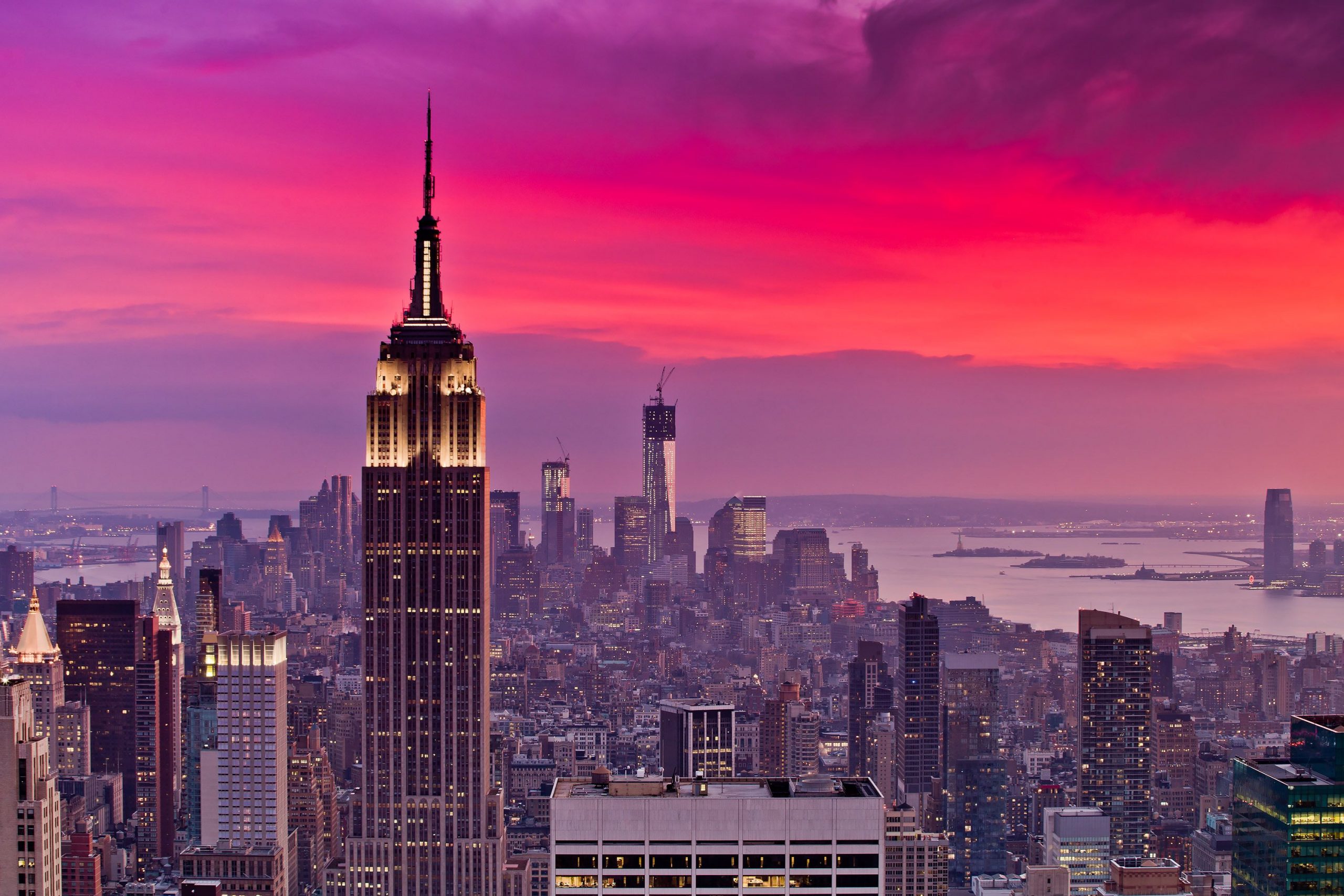New York City is one of the most iconic and recognizable cities in the world. Known for its vibrant culture, towering skyscrapers, and bustling streets, it is hard to imagine a time when the city was not the center of attention. But the history of New York is a long and complex one, filled with ups and downs, triumphs and tragedies, and a never-ending quest for progress and prosperity.
The Early Days
The area now known as New York City was first settled by Native American tribes, such as the Lenape and Algonquin, who lived off the land and fished in the nearby rivers and bays. In 1609, the area was visited by Henry Hudson, an English explorer in the service of the Dutch East India Company, who sailed up the Hudson River and claimed the land for the Netherlands.
The Dutch established a settlement in 1624, which they named New Amsterdam, and began trading with the native tribes for fur and other goods. The settlement grew slowly but steadily, and by 1664, it had a population of around 1,500 people.
However, the English, who had already established colonies in the region, saw New Amsterdam as a threat to their own interests and sent a fleet to take it over. The Dutch surrendered without a fight, and New Amsterdam was renamed New York, in honor of the Duke of York, who would later become King James II of England.
The Growth of a City
Under English rule, New York City began to grow rapidly, with immigrants from all over Europe coming to settle in the city. In 1800, the population had reached 60,000, making it the largest city in the United States.
The city also became a center for trade and commerce, with the opening of the Erie Canal in 1825, which connected the city to the Great Lakes and the Midwest. This allowed goods to be transported more easily and cheaply, and helped to establish New York as a major port and financial center.
During the 19th century, the city continued to grow and develop, with the construction of new buildings and infrastructure, such as the Brooklyn Bridge, which opened in 1883, and the New York City subway, which began operating in 1904.
The City in the 20th Century
The 20th century was a time of great change and upheaval for New York City. In the early part of the century, the city continued to grow and prosper, with the opening of iconic landmarks such as the Empire State Building and the Chrysler Building.
However, the city was also hit hard by the Great Depression of the 1930s, which led to widespread poverty and unemployment. The city rebounded during World War II, as it became a hub of manufacturing and shipping for the war effort.
In the postwar years, the city experienced a period of prosperity and growth, with the construction of new housing developments, such as the vast public housing projects in Queens and Brooklyn. However, the city also faced new challenges, such as social unrest, rising crime rates, and the threat of terrorism.
In the 21st century, New York City has continued to be a center of culture, finance, and innovation, with new developments such as the High Line park, which opened in 2009, and the World Trade Center complex, which was rebuilt after the September 11th attacks.
Conclusion
The history of New York City is a rich and complex one, spanning hundreds of years and encompassing a wide range of cultural, economic, and political developments. From its early days as a Dutch trading post to its current status as a global metropolis, the city has always been a place of excitement, opportunity, and challenge.

